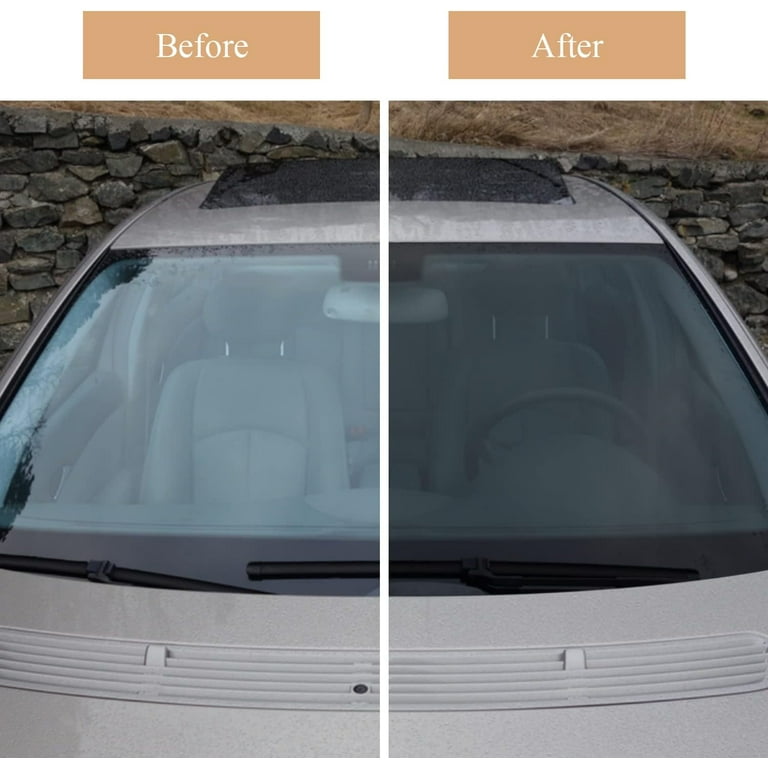Discover the Advantages of UV Security with Auto Window Tinting
Home Window Tinting Rules and Guidelines: What You Required to Know Before Tinting Your Automobile
Before continuing with home window tinting for your automobile, it is vital to acquaint on your own with the varied legislations and guidelines that regulate this technique throughout different states. These laws dictate the permitted levels of color darkness, commonly measured by visible light transmission (VLT) portions, and include details specifications for front windshields intended at guaranteeing road safety. In addition, certain territories may offer clinical exceptions for individuals with certifying conditions. Recognizing these complexities can save you from prospective lawful implications, but what are the particular rules in your state?
Overview of Home Window Tinting Rules
Home window tinting regulations are frequently based on variant throughout different territories, reflecting regional guidelines and safety and security considerations. These legislations dictate the allowable levels of color darkness and reflectiveness on lorry home windows, guaranteeing that motorists preserve appropriate exposure while also protecting versus dangerous UV rays and warmth.
A lot of regulations classify home window tinting based on the Visible Light Transmission (VLT) percentage, which shows the amount of light that can go through the window. Typically, reduced VLT portions symbolize darker colors. Legislations frequently distinguish between the front, side, and back windows, with stricter limitations put on the front windshield to improve safety for both the driver and various other road individuals.
In addition, some jurisdictions impose restrictions on the reflectivity of the tint, avoiding excessive glow that could harm visibility. Exemptions to these regulations may exist for people with specific clinical problems calling for additional sun defense. Compliance with window tinting laws is essential, as violations can lead to penalties, necessary elimination of the tint, and potential rises in insurance coverage premiums. It is necessary for vehicle owners to acquaint themselves with local laws before proceeding with home window tinting installations.
State-by-State Tint Rules
Recognizing the details window tinting guidelines in each state is crucial for lorry owners looking for to adhere to the law. Each state in the united state has established its own set of policies regulating home window tinting, which can differ substantially. These guidelines typically dictate the allowed degrees of color darkness, the types of windows that can be tinted, and any clinical exceptions that might use.
For example, states like The golden state have rigorous restrictions on tint darkness for front windows, while others, such as New Mexico, may allow darker colors. Additionally, particular states mandate specific exposure percentages for different home windows, consisting of the windscreen, front side windows, and back home windows. It is critical for vehicle owners to acquaint themselves with their state's laws to stay clear of possible fines or charges.
Moreover, some states might need a qualification sticker label to be put on colored home windows, showing compliance with state legislations. Failure to abide by these laws not only takes the chance of lawful repercussions however can additionally impact security and visibility while driving. Consequently, lorry proprietors ought to carry out thorough study or speak with local authorities to guarantee complete understanding and conformity with state-by-state color laws.
Allowed Color Degrees and Kinds
Several car owners might be amazed to find out that enabled color degrees and kinds vary widely across various states. Each state has developed its own laws relating to the permissible darkness and reflectivity of window color, frequently gauged by Visible Light Transmission (VLT) percentages. VLT refers to the amount of light that can travel through the colored home windows; thus, a lower portion shows a darker color.

In addition, the sorts of tint products allowed can differ, with some states prohibiting mirror-like or metallic coatings. why not try these out It is necessary for lorry owners to familiarize themselves with their state's certain regulations to make sure compliance. Non-compliance can cause penalties, mandatory removal of the color, or various other lawful effects, making it important to understand these laws prior to proceeding with installation.
Medical Exemptions for Tinting
While not all states provide allocations for clinical exceptions pertaining to home window tinting, those that do identify the requirement for particular individuals to boost presence and convenience because of medical problems. Different medical problems, such as lupus, skin cancer cells, and specific eye disorders, can provide individuals especially sensitive to sunshine. Subsequently, these individuals might need darker tints to shield themselves from hazardous UV rays and glow.

It is essential to keep in mind that despite having a clinical exception, there might still be limitations on the level of color permitted. Conformity with state laws guarantees that people are both safeguarded and within legal restrictions. Those taking into consideration medical exemptions must contact browse around here their neighborhood Department of Motor Automobiles or equal authority to understand the requirements and treatments required to request an exemption efficiently.
Charges for Non-Compliance
Falling short to adhere to home window tinting legislations can bring about considerable fines, which vary by state. Police are encouraged to provide citations for lorries that do not follow the specified tinting laws. These penalties commonly include fines, which can range from moderate total up to a number of hundred bucks, depending upon the seriousness of the violation and the state in question.
In some jurisdictions, duplicated offenses might result in intensifying penalties or additional penalties, such as mandatory court looks. Additionally, non-compliance might necessitate the elimination of illegal tinting, usually at the owner's expenditure. In severe web situations, habitual culprits may encounter suspension of their lorry enrollment till conformity is attained.
In addition, insurance implications may develop from obtaining several citations for window tint infractions. Insurance companies may watch such violations as an indication of riskier behavior, possibly bring about boosted premiums or problem in protection.
To avoid these penalties, it is essential for vehicle proprietors to acquaint themselves with their regional window tinting laws and guarantee that their automobile complies (Window Tinting). This proactive technique not only avoids lawful ramifications but also promotes road safety
Conclusion

The majority of guidelines identify window tinting based on the Visible Light Transmission (VLT) portion, which shows the amount of light that can pass through the home window. Conformity with window tinting policies is crucial, as violations can result in penalties, mandatory removal of the color, and possible rises in insurance costs.Understanding the certain window tinting regulations in each state is vital for vehicle owners seeking to conform with the law. These guidelines typically determine the allowable degrees of color darkness, the kinds of windows that can be tinted, and any medical exemptions that may apply.
For instance, states like California have rigorous restrictions on tint darkness for front windows, while others, such as New Mexico, may allow darker tints.